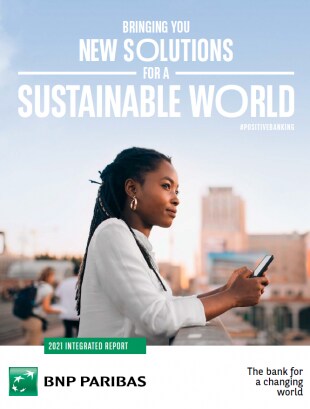The health crisis has profoundly changed the way we pay for our purchases. Is the rapid development of new payment methods irreversible?
N.P.: Absolutely. There will be no turning back. We see the disappearance of cash every day; the use of contactless technology has become completely commonplace and payment via mobile phone is gaining ground every day. We have all become followers of Click & Collect, which removes delivery times and constraints, while offering us a customised, value-added point of contact with an advisor.
More than 44 % of card payments were made via contactless payment in 2021, compared to just 18% in 2018.
Source: Groupement des Cartes Bancaires CB.
What are the main innovations of late?
N.P.: Three innovations come to my mind.
- The first one is split payments. The ability to pay for purchases in several instalments is now seamlessly integrated into the online shopping experience and is increasingly available during in-store purchases as well. It is part of a win-win approach for customers and retailers. The considerable potential of this innovation demonstrates the value of the Group’s acquisition of FLOA, the French leader in payment by instalments. This gives BNP Paribas an additional advantage in integrating simpler payment methods into all its offers.
- The second innovation I would mention is the biometric bank card, which makes contactless payment possible beyond the €50 cap offered by all other bank cards. BNP Paribas was the first bank to test this. In 2021, we rolled out this card in all our branches in France.
- The third major trend is the modernization of transfers. Transfers have become instantaneous. We also developed a highly competitive currency transfer offer. This offer is especially valuable, for example, for parents whose children are studying abroad.
Can you tell us what you think tomorrow’s payments will look like?
N.P.: Experiments always aim to simplify and enhance the act of payment. To take an example, the Lyf –subsidiary of the BNP Paribas Group– check-out solution lets you pay your restaurant bill directly from your table by simply scanning a QR code. This saves time for the customer and offers the restaurant owner the possibility to have a customer base registered on the app, that they can then use to further engage customers through targeted offers or dedicated loyalty programmes.




